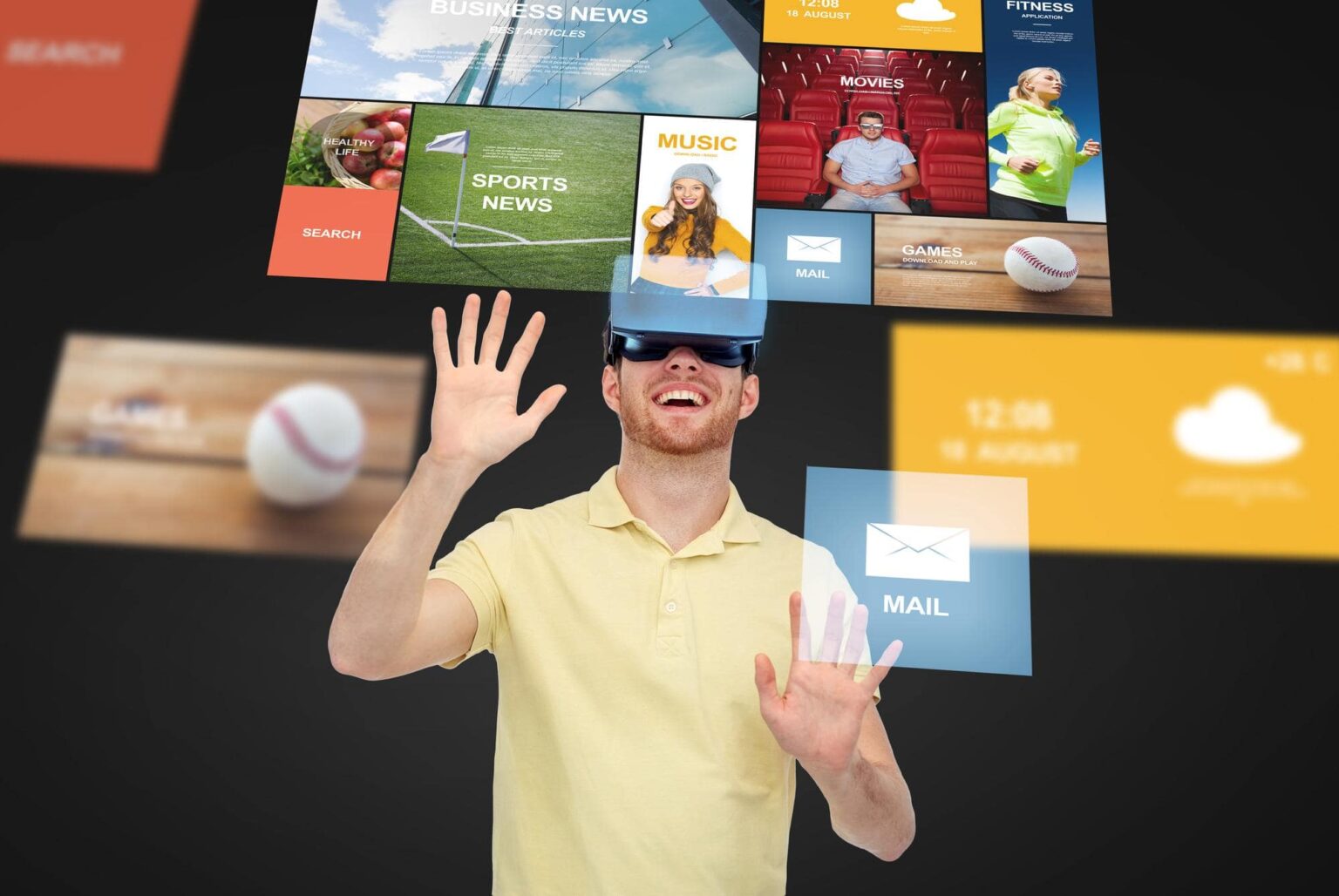Immersive advertising through Augmented Reality (AR) and Virtual Reality (VR) experiences is revolutionizing the way brands engage with consumers. By leveraging the power of AR/VR technologies, advertisers can create interactive, memorable, and personalized experiences that capture consumers’ attention and drive engagement. Here’s how immersive advertising is transforming consumer experiences:
- Interactive Brand Experiences: AR/VR allows brands to create interactive and immersive experiences that go beyond traditional advertising formats. Consumers can engage with virtual objects, explore virtual environments, and interact with branded content in a highly engaging and memorable way. This interactive nature of AR/VR advertising fosters deeper brand connections and leaves a lasting impression on consumers.
- Personalized and Targeted Campaigns: AR/VR technologies enable personalized and targeted advertising campaigns. Brands can deliver customized experiences based on user preferences, behaviors, and demographics. For example, AR applications can overlay virtual objects or information that aligns with the user’s interests or location. VR experiences can be tailored to specific audience segments, ensuring maximum relevance and impact.
- Product Visualization and Try-On: AR/VR enhances product visualization and try-on experiences, particularly in industries like fashion, beauty, and home decor. Consumers can virtually try on clothing, accessories, makeup, or visualize how furniture or decor items would look in their space. This immersive experience bridges the gap between online and offline shopping, boosting consumer confidence and driving conversion rates.
- Gamification and Interactive Storytelling: AR/VR allows brands to gamify their advertising campaigns and create interactive storytelling experiences. By incorporating game elements, challenges, and rewards, brands can captivate consumers and increase engagement. Immersive storytelling experiences transport consumers into virtual narratives, creating emotional connections and deepening brand engagement.
- Location-Based Advertising: AR/VR can leverage location-based capabilities to deliver targeted advertising experiences. Brands can use geolocation data to offer virtual experiences or promotions specific to a particular location. For instance, users can unlock exclusive AR content when they visit specific retail stores or landmarks, creating a sense of exclusivity and driving foot traffic.
- Enhanced Social Sharing and Virality: Immersive AR/VR experiences are highly shareable on social media platforms. Consumers are motivated to capture and share their virtual experiences, amplifying brand reach and virality. User-generated content featuring branded AR/VR experiences can create buzz, generate word-of-mouth marketing, and increase brand visibility.
- Virtual Events and Sponsorships: AR/VR enables brands to extend their presence in virtual events and sponsorships. Brands can create virtual booths, product demonstrations, or branded environments within virtual event platforms. This allows for wider audience reach, seamless integration of branded content, and the opportunity to engage with consumers in innovative ways.
- Experiential Marketing and Brand Storytelling: AR/VR provides a powerful platform for experiential marketing and immersive brand storytelling. Brands can transport consumers into virtual worlds that align with their brand values, narratives, or campaigns. This immersive storytelling approach enhances brand recall, emotional connections, and the overall brand experience.
- Data Analytics and Insights: AR/VR advertising generates valuable data and insights for brands. Brands can gather data on user interactions, preferences, and behaviors within AR/VR experiences. This data can inform future marketing strategies, content optimization, and personalization efforts, leading to more effective and targeted advertising campaigns.
- Cross-Channel Integration: AR/VR advertising can be integrated with other marketing channels to create cohesive and omnichannel experiences. Brands can combine AR/VR with traditional advertising formats, social media campaigns, or mobile applications to create a seamless brand experience across multiple touchpoints, reinforcing brand messaging and engagement.
Immersive advertising through AR/VR experiences provides brands with a unique opportunity to engage and captivate consumers in novel and interactive ways.



